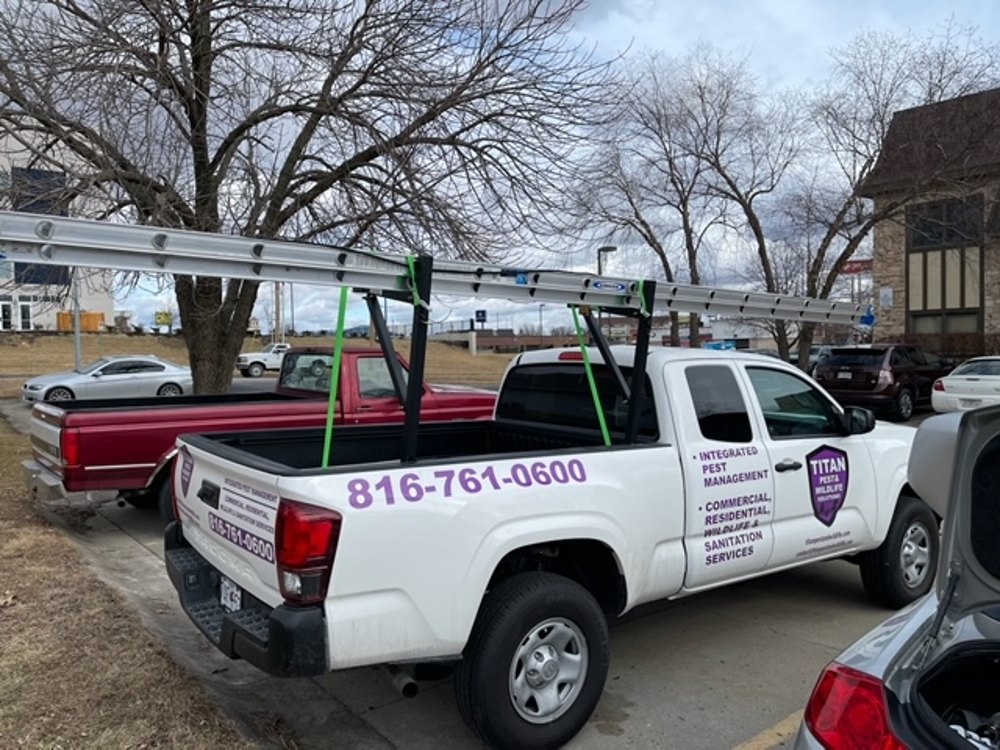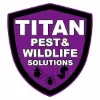Skunks may seem harmless from a distance, but when they move into your yard or crawl space, they bring more than just a bad smell. These nocturnal mammals can carry diseases, damage your landscaping, and spray pets or people when startled. Effective skunk removal requires more than just shooing them away. It starts with recognizing the signs, preventing access, and following safe and humane removal practices. Here’s how to deal with skunks on your property while minimizing risk to your household and the animal itself.

Signs That a Skunk May Be Nearby
Before you can begin the skunk removal process, you’ll need to confirm the animal’s presence. Skunks are generally shy and nocturnal, but they leave behind noticeable signs when they’ve taken up residence.
Here are some common indicators:
- Unmistakable odor: The most obvious clue is the strong, sulfur-like smell from a skunk’s defensive spray.
- Burrow holes: Skunks often dig shallow holes in lawns or gardens in search of grubs and insects.
- Nocturnal noises: Scratching, shuffling, or low growling sounds in the evening may point to a skunk nesting under your deck or shed.
- Dropped scat: Skunk droppings are typically small, dark, and may contain insect parts.
- Disturbed garbage bins: Skunks are opportunistic feeders and may rummage through unsecured trash.
These signs are usually concentrated near low-to-the-ground structures, such as crawl spaces, porches, and sheds. In fact, homes with poorly sealed crawl spaces may attract skunks and other nuisance animals that seek shelter and warmth.
Risks of Leaving Skunks on Your Property
Some homeowners assume skunks will eventually leave on their own, but this is rarely the case. When a skunk establishes a den, especially during the colder months or breeding season, it may remain in place for several weeks or longer.
The risks of ignoring the problem include:
- Odor contamination: A single spray can linger for days or weeks, permeating home interiors, ventilation systems, and fabrics.
- Pet interactions: Skunks may spray dogs or cats, causing discomfort and requiring decontamination.
- Structural damage: Their digging can weaken foundations or damage pipes and insulation.
- Health concerns: Skunks can carry rabies, leptospirosis, and other diseases that pose a threat to pets and humans.
Additionally, if skunks feel cornered or threatened, they may defend themselves aggressively. Attempting removal without proper equipment or knowledge may worsen the situation, making safe and humane methods critical.
Humane and Effective Skunk Removal Methods
While trapping and relocating may seem like a straightforward solution, it requires expert handling and often local permits. In most cases, exclusion is the preferred strategy, sealing off access points while encouraging the animal to leave on its own.
Steps for safe and humane removal include:
- Identify entry points: Inspect foundations, crawl spaces, and decks for openings roughly four inches or larger.
- Use one-way doors: These allow the skunk to exit but prevent reentry. Ensure no babies are inside before installation.
- Install deterrents: Motion-activated lights, radios, or natural repellents may encourage the animal to leave.
- Avoid sealing too soon: Give the skunk adequate time to vacate before permanently closing the entry point.
- Clean and deodorize: Remove nesting material and apply odor-neutralizing agents to discourage reentry.
These steps can prevent the need for physical trapping, which can be stressful for the animal and potentially dangerous for the person handling it. Professional wildlife technicians use humane techniques that comply with local laws and prioritize long-term prevention.
How to Prevent Skunks from Returning
Once the skunk is removed, the goal is to ensure it doesn’t return or that another animal doesn’t take its place. Skunks are creatures of habit, and if a location offers food, shelter, or access to water, they’ll likely return.
Preventative measures include:
- Seal all foundation gaps, vents, and access holes with durable materials
- Keep trash in tightly sealed containers and avoid feeding pets outside
- Maintain your lawn to limit insect populations that attract foraging skunks
- Install fencing around gardens or compost bins
- Elevate firewood piles and remove yard debris that could offer cover
Another helpful strategy involves reinforcing vulnerable home features. For example, crawl space encapsulation not only improves energy efficiency but also blocks entry points used by skunks and similar wildlife.
Why Professional Help is Often Necessary
Skunk removal might seem like a manageable task, but it carries more risks than most homeowners expect. Improper handling can result in spraying, bites, or legal violations, depending on local wildlife regulations.
Professional wildlife control experts offer:
- Safe, humane exclusion and trapping techniques
- Inspection tools to locate hidden dens or access points
- Compliance with state and local wildlife laws
- Long-term exclusion solutions tailored to your property
Attempting to remove skunks yourself often leads to incomplete solutions or worsens the problem. Professionals can identify whether the animal is nesting, whether there are young involved, and how to remove the entire group without harm or chaos.
Let Experts Handle the Stink
If you’ve spotted a skunk near your home or noticed the telltale odor, it’s best not to wait. For effective, humane, and low-stress skunk removal, contact Titan Pest & Wildlife Solutions and let experienced professionals restore peace and fresh air to your property.

